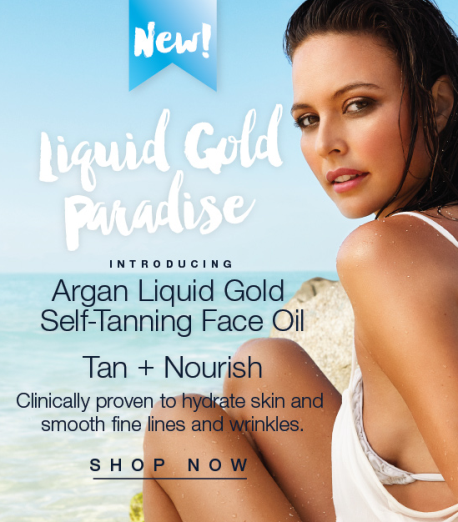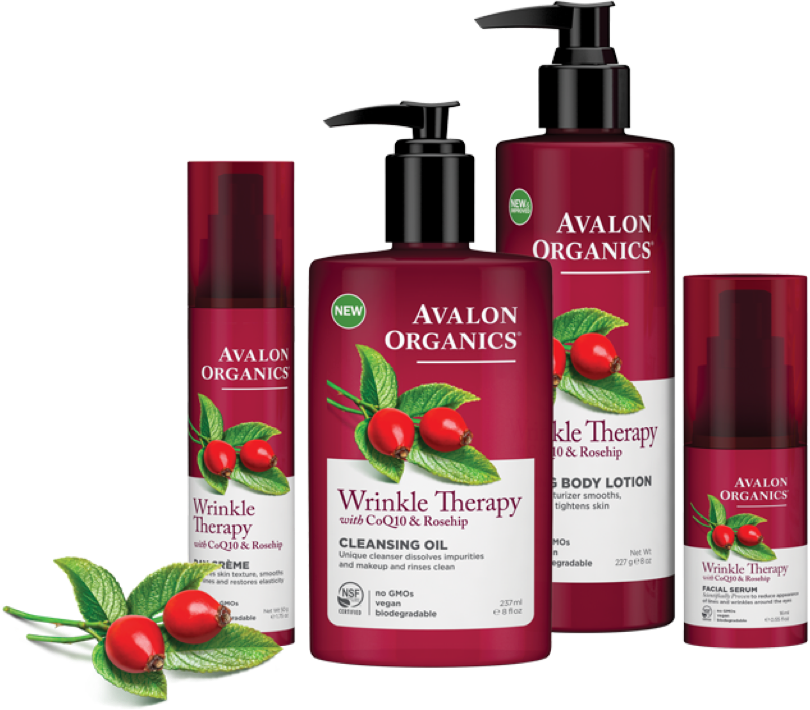We have seen the natural and organic personal care market shift from a niche industry to a force of power over time, with naturals still gaining ground. As we continue to explore this market for the next edition of our Natural Personal Care Global Series report, early findings reveal another green year backed by an increasing shift of awareness from consumers towards choosing more natural products. The natural personal care market outpaces the growth of the cosmetics and toiletries market in the United States, with an estimated 9% growth in 2016 compared to the about 4% in general market in 2015. What’s behind this robust growth?
Let’s take a look at some key highlights from our ongoing market analysis:
1. Truly natural versus naturally-inspired – Despite the rising segment of U.S. consumers who are reading ingredient labels and asking questions about the source of ingredients, the majority of consumers purchasing naturally-positioned products still lack knowledge relative to the safety of certain ingredients. This results in varied consumer perception of what brands are truly natural. We will shed new light on which brands are truly natural versus natural-inspired in our upcoming Natural Personal Care Global Series report. Using our custom-designed Natural Rating System (NRS), approximately 40 brands will be assessed on this criteria, which includes Lush, SheaMoisture, Kiehl’s, Tatcha, Acure Organics, The Honest Company, Liz Earle, Neal’s Yard Remedies, Burt’s Bees, and Weleda, among others.

2. Effectiveness is key as consumers seek products that are natural and effective. Products such as Josie Maran’s Argan Liquid Gold Self-Tanning Face Oil, launched earlier this year, is an example of a product that proves its “clinically proven” effectiveness.

3. Similarities between the mass market and natural sector in the United States have certainly become more noticeable recently, as product trends in the natural market begin to mirror those from the conventional side. Following this trend, Andalou Naturals, a U.S.-based brand, introduces a new line of four single-use masks, made with different blends of clay, oils, and nutrients.

4. The retail landscape in the United States is adapting and innovating according to the rising consumer interest in natural and organic products. The shift is evident in mass marketers, such as Target, which increases shelf-space and allocates a specific section for naturally-positioned and organic products.

5. Botanical extracts, such as rose, rosehip oil, and argan oil, are popular in the U.K. market as consumers reach out to products with plant ingredients they recognize. Avalon Organics relaunches its Wrinkle Therapy collection, which employs rosehip oil and hyaluronic acid to reduce fine lines, wrinkles, and crow’s feet.

6. Consumers in both the United Kingdom and United States increasingly opt for brands with a story to tell as it demonstrates the beliefs and practices of the company. SheaMoisture, one of the most dynamically growing multi-cultural brands in the United States, has seen tremendous growth due to its natural positioning and story, which appeals to a wider audience. Formula Botanica, an online cosmetics school in the United Kingdom, offers courses on formulating organic and natural beauty products, which aids in the increase of indie brands in the market.

To learn more about this market’s trends, dynamics, competitive landscapes, and factors driving purchases of natural products in both the United Kingdom and United States, take a look at the Natural Personal Care Global Series report, which is anticipated to be published this winter! New to this year’s series is a granular look at the natural and organic segment of the facial skin care category.

